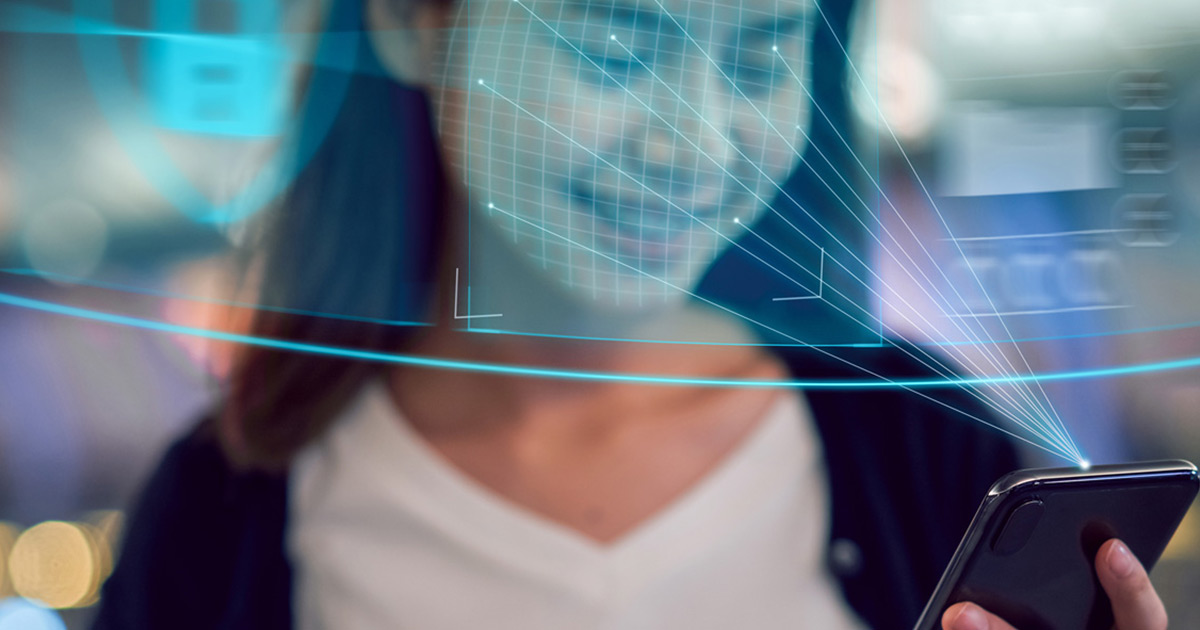Last year, consumers and businesses spent more time online, made more online transactions and began working remotely. That radical and immediate shift to digital channels impacted most facets of life, and banking was no exception.

Mobile and online banking rates increased significantly, as did overall digital transaction volume. A recent BAI report shows that “43% of consumers [are] doing all of their banking digitally”. But with the benefits of digital engagement come potential downsides, both for consumers and financial institutions (FIs).
Feedzai, a risk management platform provider, noted in their Q1 2021 Financial Crime Report that last year was “the best of times – if you’re a fraudster.”[1] Across the country, consumers were hit hard, with roughly 49 million Americans becoming victims of fraud. While loss estimates vary, a recent report from Javelin Strategy and Research estimates total fraud losses of $56 billion, with identity fraud alone accounting for $43 billion.
A Reuters article estimated $100 million in fraud losses from “coronavirus-related fraud and identity theft” as early as August 2020.[2] And according to the FTC, consumer losses in 2020 were more than $3.3 billion and impacted 2.1 million individuals.
According to the FTC, consumer losses in 2020 were more than $3.3 billion and impacted 2.1 million individuals.
Biometrics and Behavioral Biometrics
So what can FIs do to stem the tide of fraud? There is a myriad of options available, all of which have their place. One big category that holds tremendous promise for the future is biometrics.
Biometric identifiers are excellent authentication factors in the fight against fraud. Consumers have enthusiastically embraced identifiers like fingerprint proofing and facial recognition. The digital disruption of the pandemic also spotlighted other biometric options that are equally effective at proving identity.
Behavioral biometrics are “uniquely identifying and measurable patterns in human activities.”[3] These elements can range from how an individual holds their phone to how they swipe or scroll, and can add “another seamless layer of security without the customer needing to actively participate.”[4]
By analyzing use patterns behind the scenes, behavioral biometrics give FIs “a discreet way to verify user actions, while shifting …to passive fraud detection”.[5] Passive detection enables FIs to employ fraud detection capabilities throughout the customer lifecycle, rather than a friction-heavy and front-loaded approach that is primarily focused on the application process.
Behavioral biometrics are particularly useful in first- and third-party fraud scenarios, as well as in ATO fraud. Using a robust behavioral biometric approach, an FI can identify anomalies in any activity and take the appropriate steps to alert and inform their customers.
Mobile and online banking rates increased significantly, as did overall digital transaction volume. A recent BAI report shows that “43% of consumers [are] doing all of their banking digitally”. But with the benefits of digital engagement come potential downsides, both for consumers and financial institutions (FIs).
Feedzai, a risk management platform provider, noted in their Q1 2021 Financial Crime Report that last year was “the best of times – if you’re a fraudster.”[1] Across the country, consumers were hit hard, with roughly 49 million Americans becoming victims of fraud. While loss estimates vary, a recent report from Javelin Strategy and Research estimates total fraud losses of $56 billion, with identity fraud alone accounting for $43 billion.
A Reuters article estimated $100 million in fraud losses from “coronavirus-related fraud and identity theft” as early as August 2020.[2] And according to the FTC, consumer losses in 2020 were more than $3.3 billion and impacted 2.1 million individuals.
According to the FTC, consumer losses in 2020 were more than $3.3 billion and impacted 2.1 million individuals.
Behavioral Analytics
There are also use cases for friction-appropriate experiences, particularly in the application process. Another biometric approach, pioneered by Zoot partner Neuro-ID, is known as “behavioral analytics.” This unique approach involves collecting and analyzing things like exactly how data is entered (typing fluency, manipulation, speed, importing data, etc.) to identify the intent of an applicant.
Using behavioral analytics, FIs can separate genuine customers from fraudsters, and provide the appropriate level of friction to the customer journey. If an FI identifies behavioral clues that indicate a high fraud potential, they can increase their verification requirements. Conversely, they can provide a smoother path when they see low fraud potential.
Behavioral analytics also hold potential for improving customer experience (CX) initiatives. They can be used to identify pain points or friction spots across the customer lifecycle, giving FIs a chance to improve and optimize specific aspects of account opening or management based on data rather than guesswork.
Jack Alton, CEO for Neuro-ID, summed up his approach: “We feel like we’ve closed an important ‘digital gap’ that opened up when business moved online, helping bring brands closer to their digital customers. With open eyes and behavioral visibility, this allows organizations to see and address fraud more accurately, while treating good customers the way they should be treated.”
Stop Fraud in its Tracks
Biometrics are poised to dramatically increase in both scope and impact as more consumers and FIs become comfortable with the improved technology. One estimate indicates that by 2026, biometric elements “will be used to make $5.675 trillion in annual payments”[6] and “there will be over three billion biometric payment users.”[7]
Biometrics, behavioral biometrics and behavioral analytics all can help in the fight against fraud. But they are only individual facts of a fraud detection and mitigation strategy. Companies will still need to layer many different complementary elements into their unique approaches to keep fraudsters at bay.
The best approach to putting fraud detection and prevention elements to work is to implement an enterprise-level decisioning layer, like one from Zoot. Our easy-to-use interface can empower your company to put the right fraud solutions in right places throughout the credit lifecycle, from application to management to collections/recovery.
With Zoot, you can enjoy ultimate control through a single gateway that consolidates all your detection and mitigation capabilities. Contact us today to learn how Zoot can help you stop fraud in its tracks.
Sources:
- https://thefinancialbrand.com/106004/banking-review-trends-digital-covid-experience-ai-transformation/
- Ibid
- https://www.forbes.com/sites/ronshevlin/2020/09/21/new-consumer-research-finds-consumers-open-more-checking-accounts-digitally-than-in-branches




